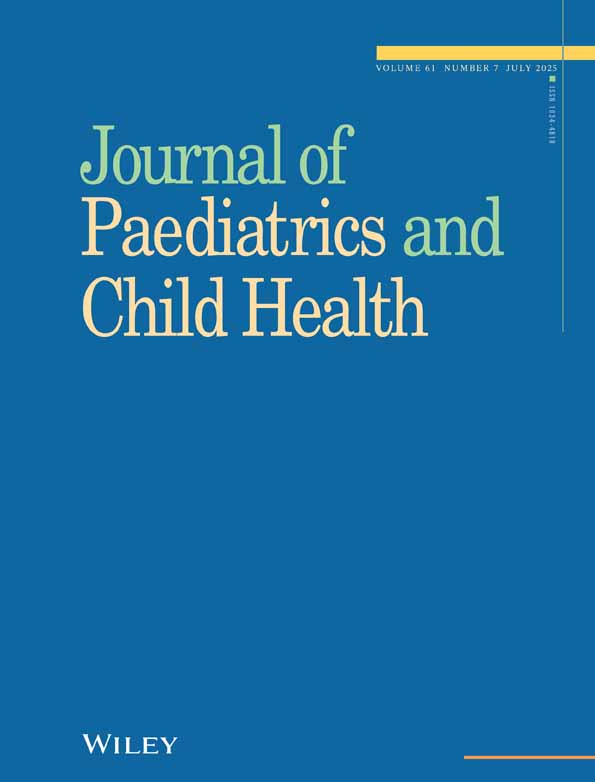Developmental-behavioural problems in general paediatrics
Abstract
Objective:
To determine the current role of private general paediatrics in the care of children with problems of development and behaviour.
Methods:
We surveyed all general paediatricians registered with the Australian College of Paediatrics to assess their current role in developmental-behavioural (DB) problems—their rate of referrals, their role in the continuing management, and opinions regarding duration of training in this area.
Results:
Of 394 questionnaires sent, 284 replies were received (72%). From these 284 we analysed results for all 172 who spent more than 25% of their time in private general paediatric practice. On average, 32% of new referrals were for DB problems. With 10 DB clinical vignettes presented, paediatricians chose to continue to manage in conjunction with allied health services in 65% of cases. Other management choices included referral to a multidisciplinary team (16%), referral elsewhere (10%) and manage alone (7%). For training to be a general paediatrician, they indicated 3 months should be spent during basic training in each of the three areas of; DB paediatrics, developmental disabilities and child psychiatry (separately or concurrently); and 6 months of each during advanced training. Free comments highlighted lack of public allied health and psychosocial services.
Conclusion:
Private community-based general paediatricians are deeply involved in this area of work. The results raise questions about services for training and for clinical collaboration between public and private child health providers.




